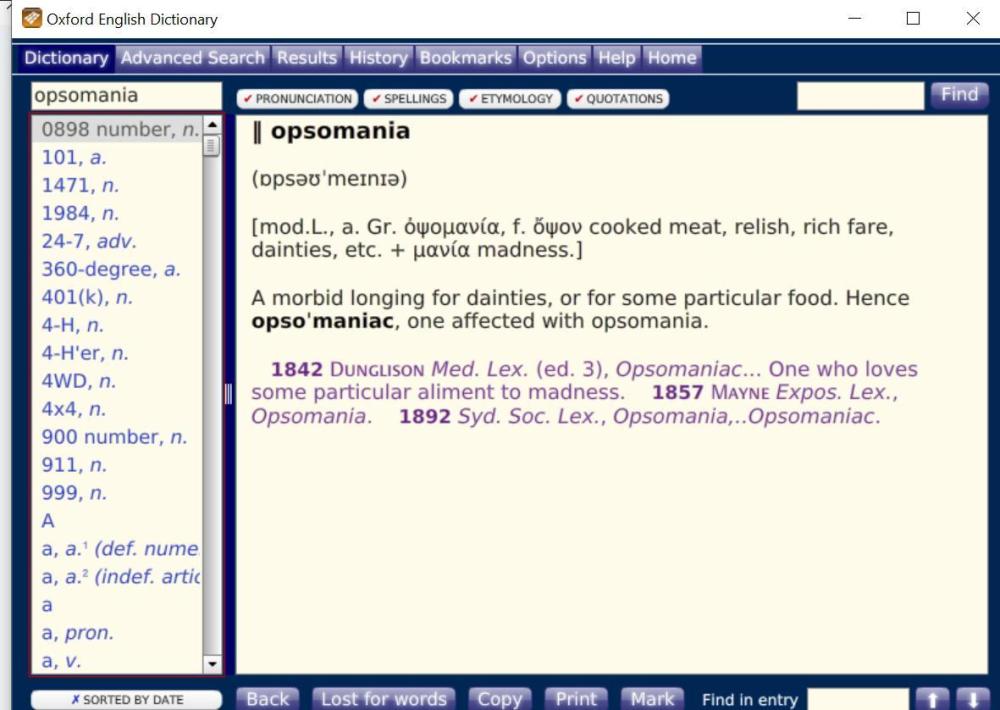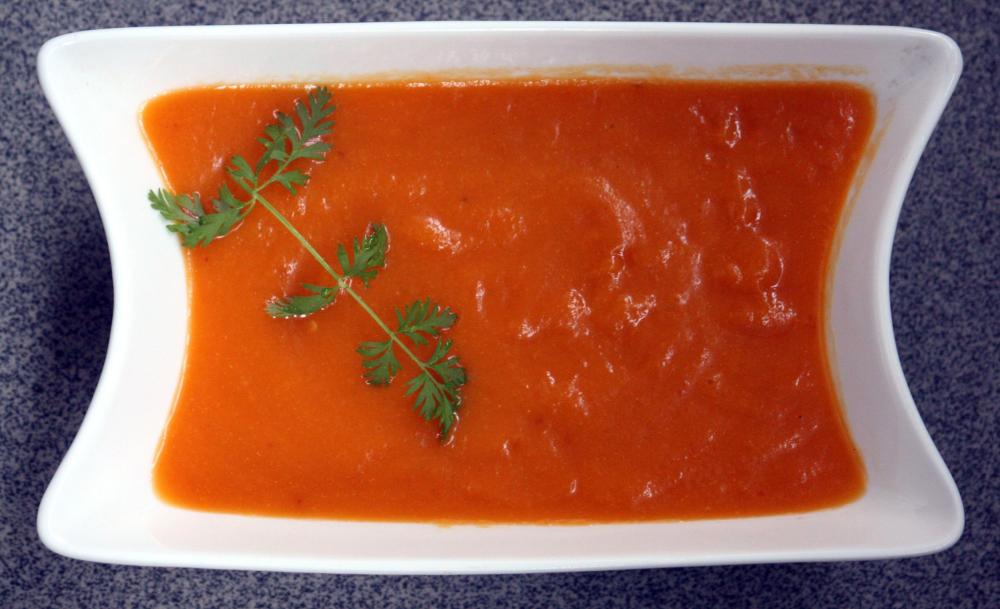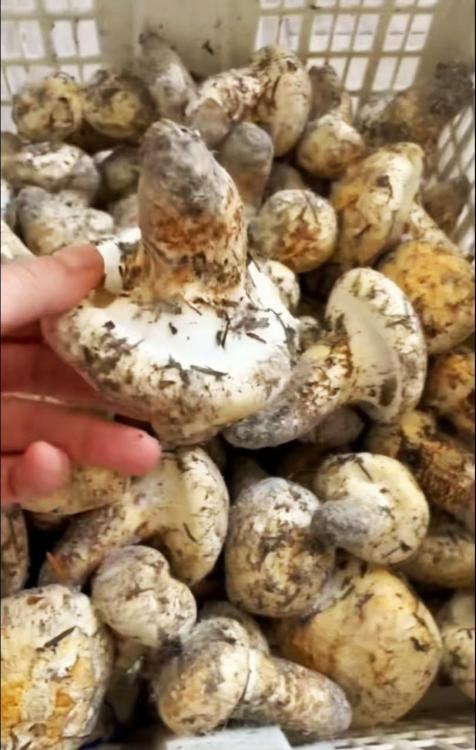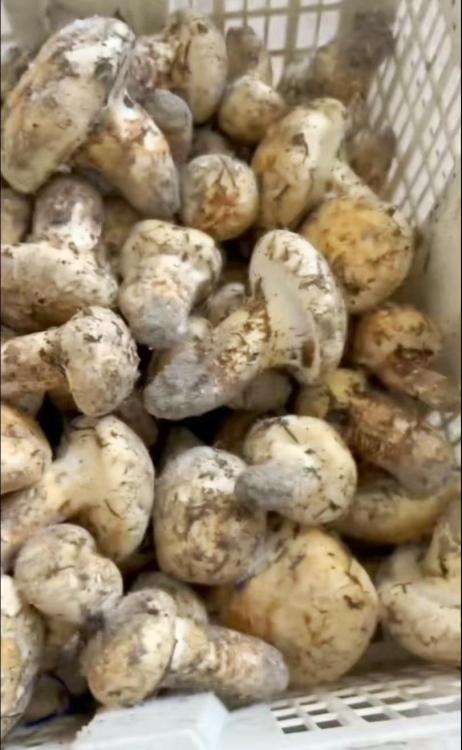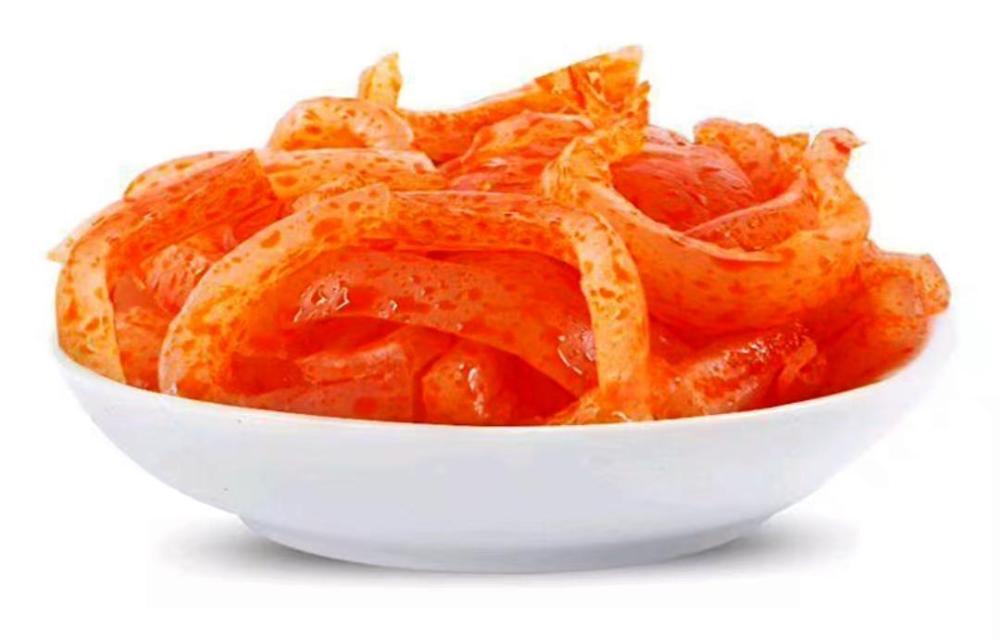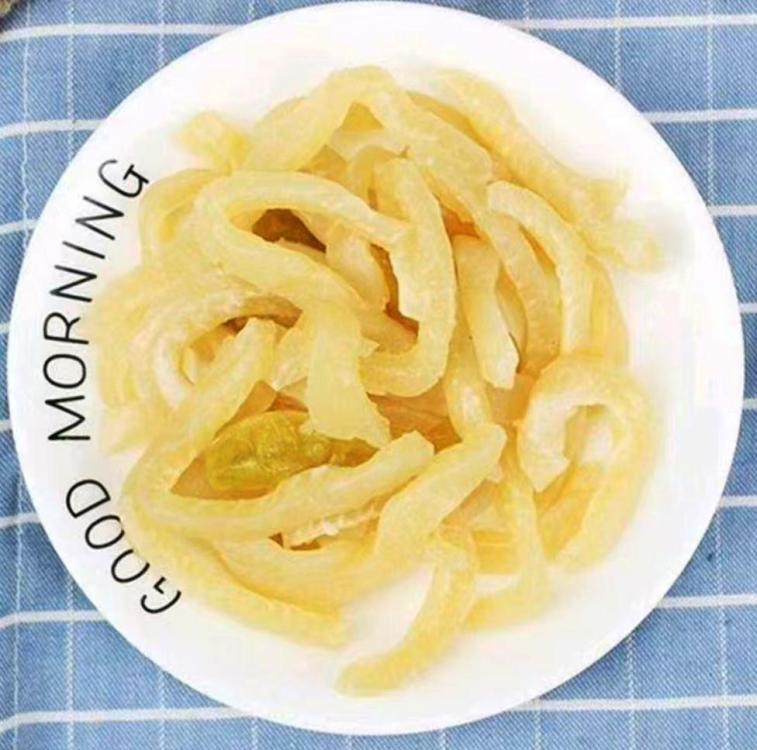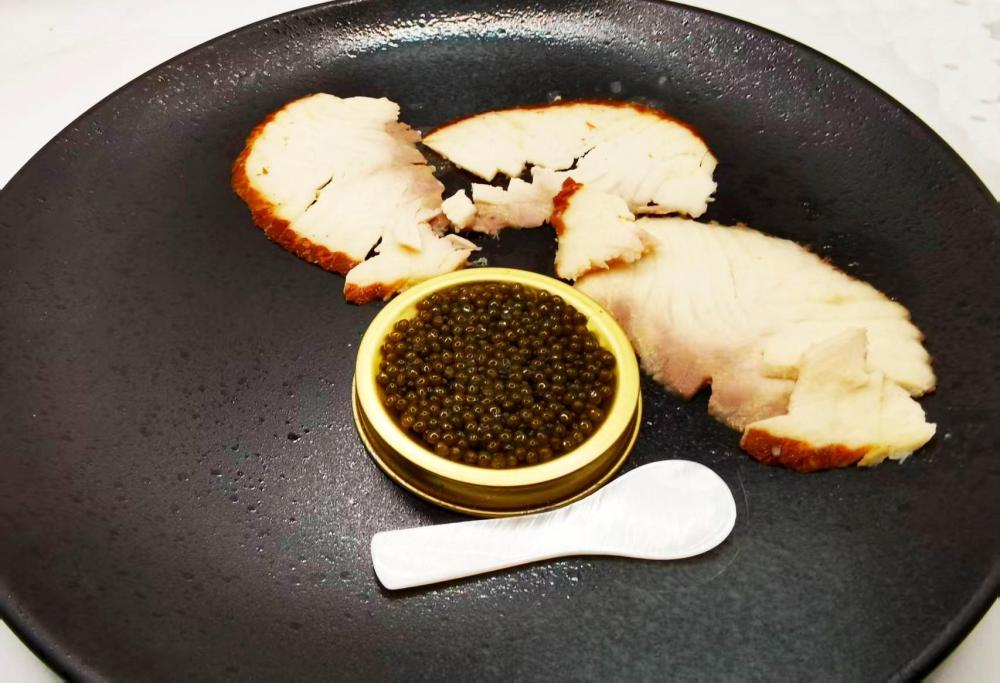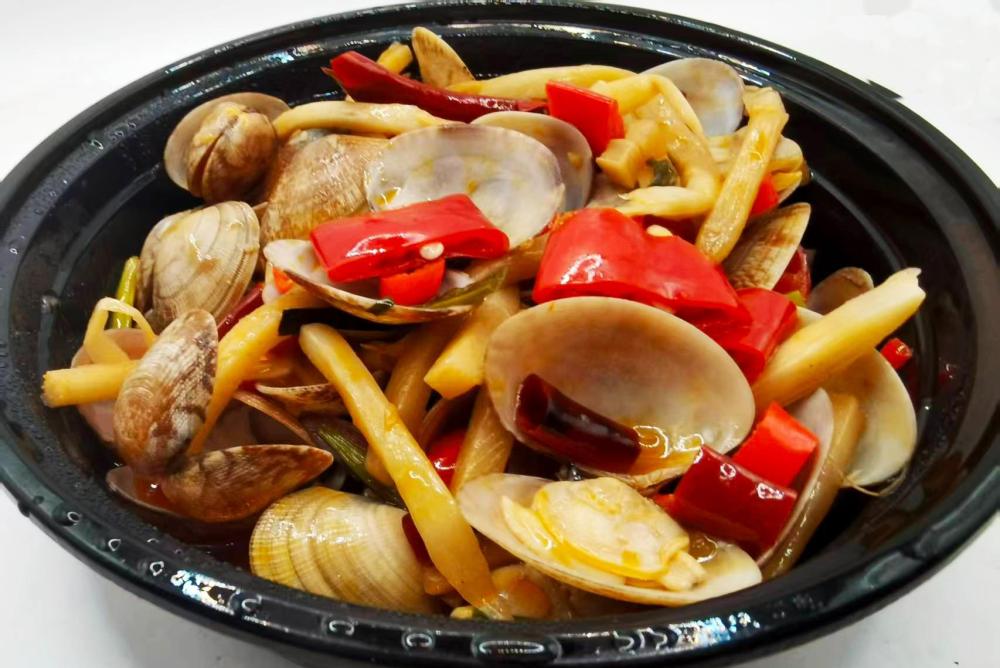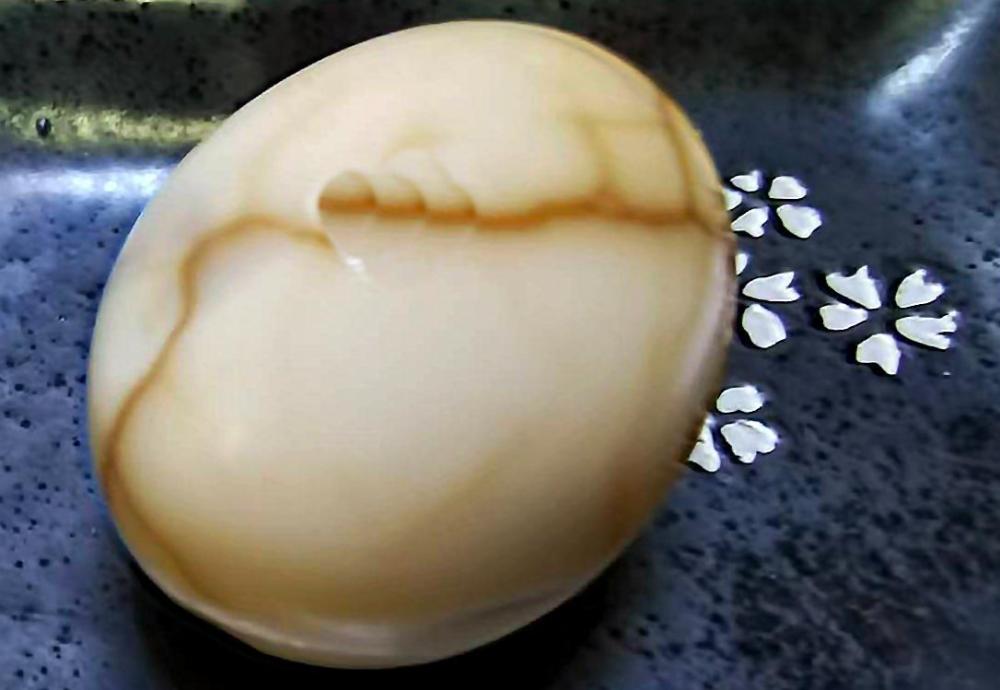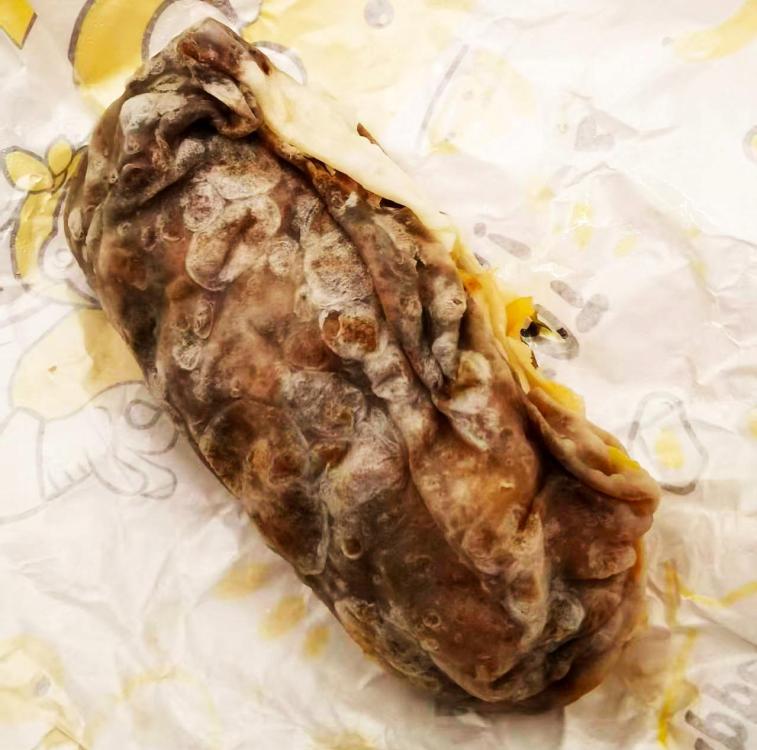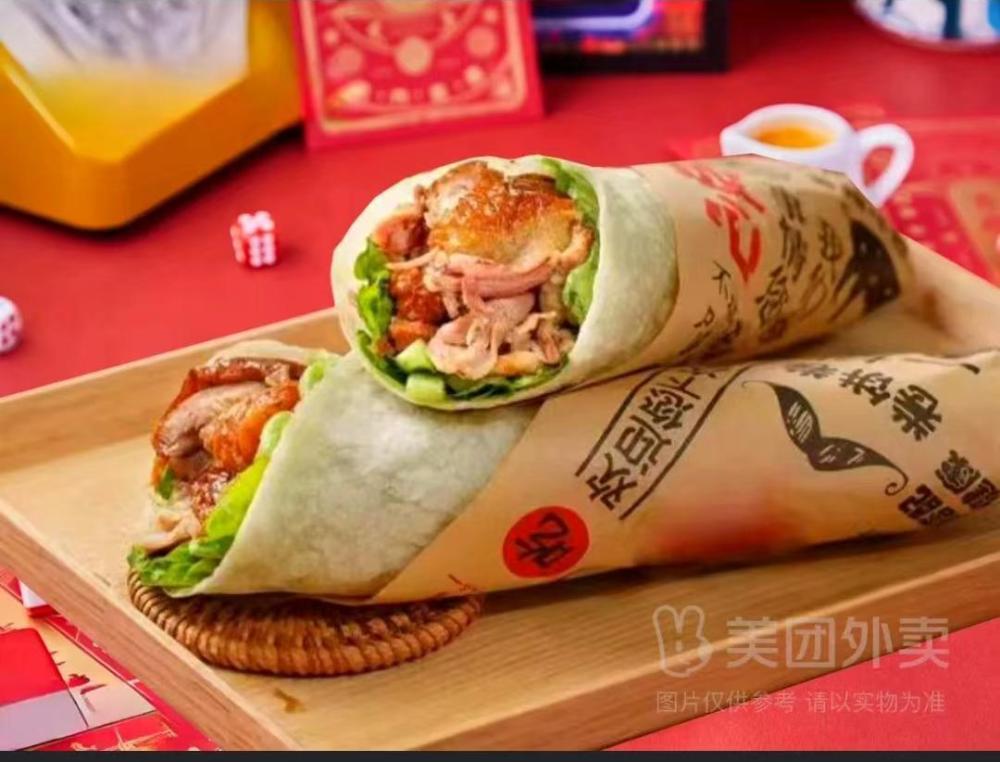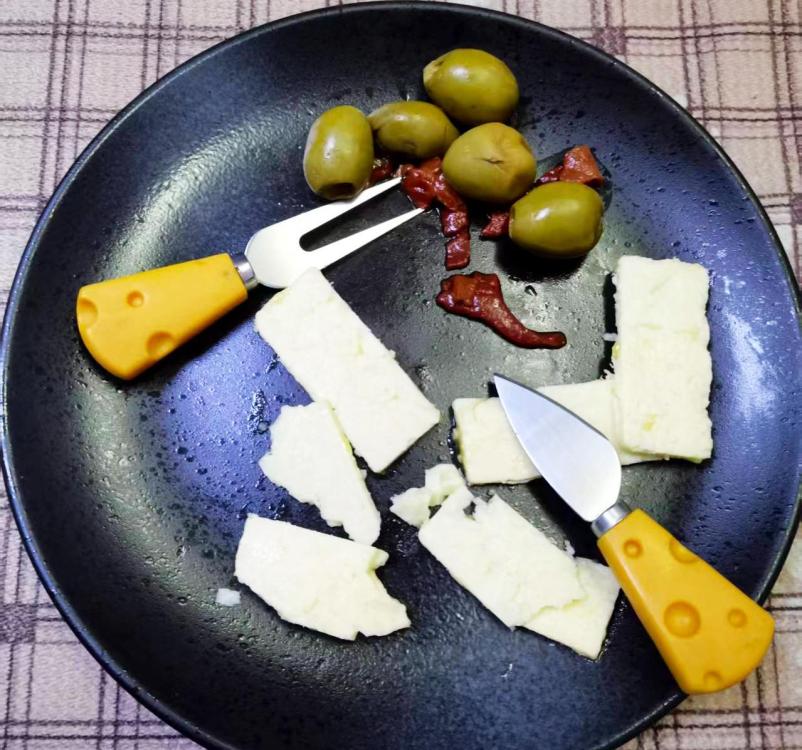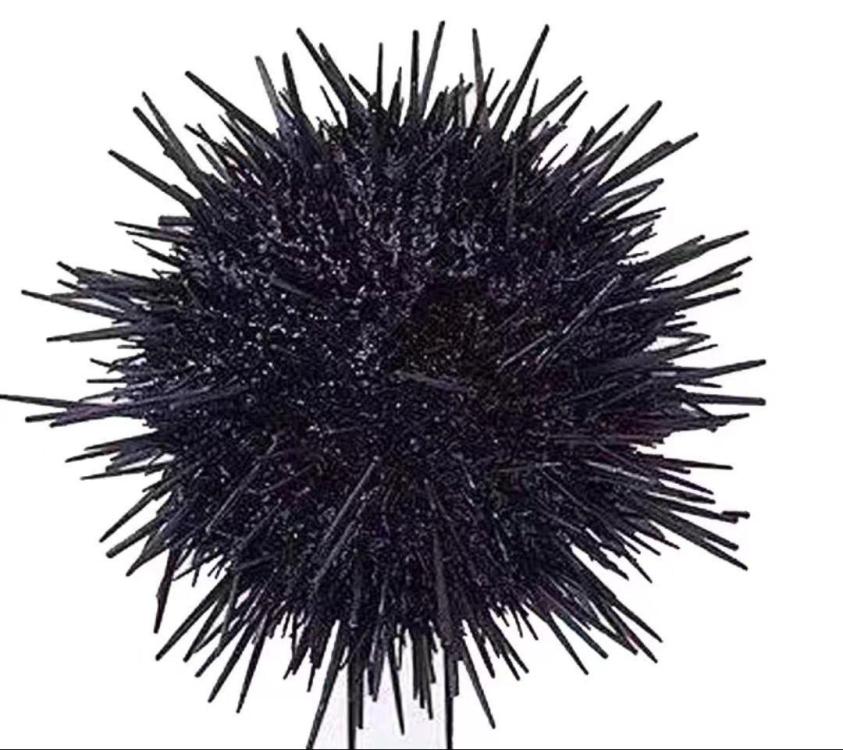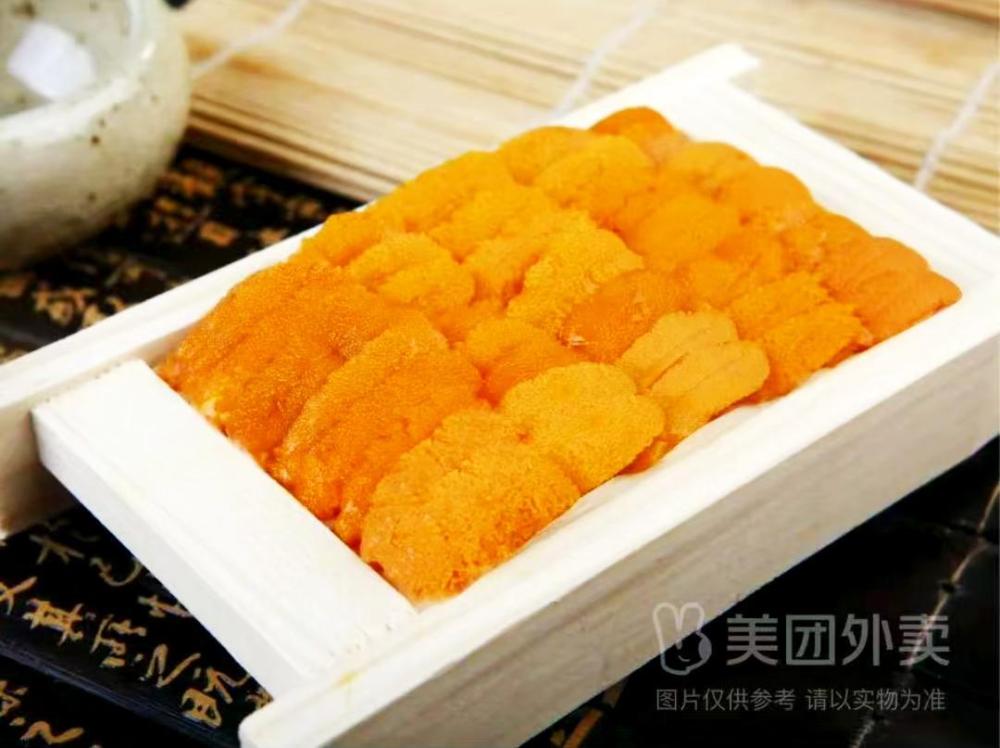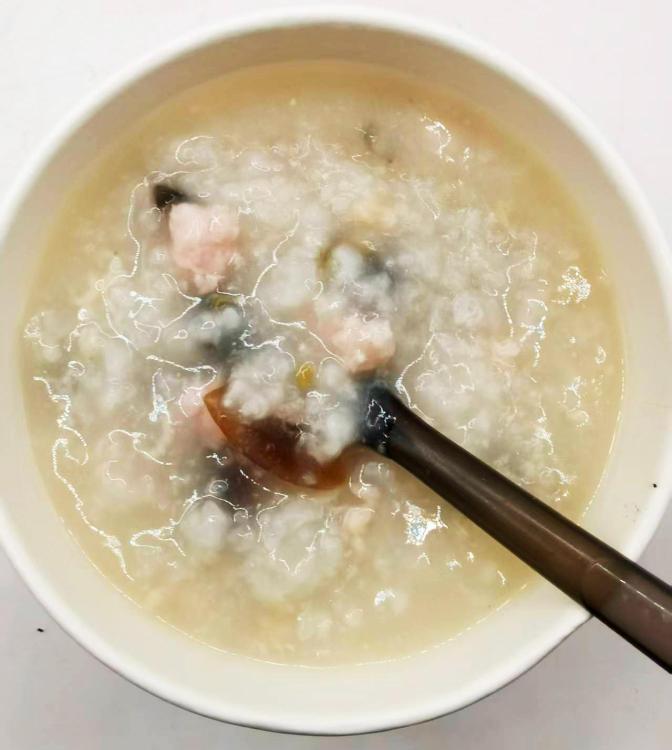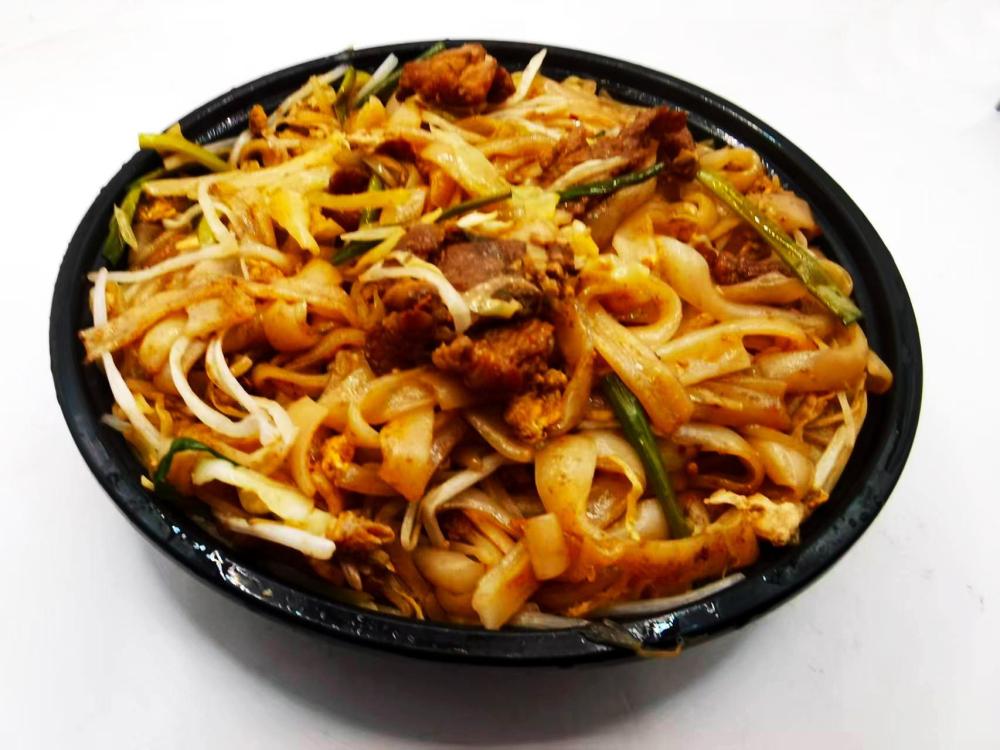-
Posts
16,726 -
Joined
-
Last visited
Content Type
Profiles
Forums
Store
Help Articles
Everything posted by liuzhou
-
Civet cat aren't cats, for a start. Also most of the kopi luwak sold in Indonesia is fake.
-
I've on occasion used cumin instead of coriander in my carrot soup a couple of posts back. It certainly works, but I just prefer coriander. My taste buds.
-
My carrot soup doesn't use cream. I don't really have a recipe as such and wing it each time. But basically: Onions, fresh ginger and carrots fried till softening. Add chicken (or veg) stock, salt and white pepper and cook till vegetables are melting. Add ground coriander and blend until almost but not totally smooth. I use my Bamix blltzer. Serve with a topping of carrot tops as garnish. Never had any complaints. In fact, the first time I made it for my friend J she ate three bowls!
-
And I did. She tells me she cooks them in a Chinese style chicken soup or fries them in butter, The latter, she would never have done if she hadn't moved to the USA!
-
Yes, matsutake. I meant to say so. Will now edit. American matsutake (Tricholoma magnivelare) are a different species from Asian matsutake (Tricholoma matsutake) and I've only eaten the latter. Reports suggest the Asian are more valued. I don't know how my friend cooks them, but I'll ask.
-
My dear friend, a Tujia ethnic minority woman rom Hunan, China, now resident in the USA sent me these. Foraged matsutake from Gifford Pinchot National Forest, Washington State. She's just trying to make me jealous!
-
I'm a little surprised that no one has mentioned Supermarket Woman, directed by Juzo Itami who directed Tampopo and starring Nobuko Miyamota who played Tampopo (The two were a married couple). While not a cooking movie, it is centred on a food store and the shenanigans of running one. The comedy, which came 11 years after Tampopo , focuses on the in-store rivalries as well as with the competition. It is a load of silly nonsense but a fun romp and certainly full of food.
-
Yes. Literally, krupuk kulit is' leather crackers'.
-
Reading @KennethT's request for help in locating beef skin in New York City to make krupuk kulit, an Indonesian cracker, prompted this. I certainly can’t help with NYC shopping, but it got me thinking that I wouldn’t know how to source it here either. It’s not something I’ve ever seen and none of the online delivery people seem to offer it. Searching for 牛皮 (niú pí), the literal translation doesn’t help much in that it usually just means ‘leather’ in Chinese. I did see a lot of ‘interesting’ clothing, though. The only edible application I know of here is 牛皮晶 (niú pí jīng) or ‘beef skin crystal’ a chewy Sichuanese snack sold in small stores. It comes in two types This one is flavoured with litsea seed, giving it a mildly citrus taste. litsea seeds The other is the more typically Sichuan spicy ‘mala’ flavour. Neither are any help to @KennethT!
-
I only ever do Thai style crab cakes. Mayo? Get out of here!
-
-
I rarely use mayonnaise and have never tasted Duke's, but can get Hellman's here. Never have bought it here, though I did in London once or twice. I only use mayo occasionally if I make a potato salad and always make my own which has three advantages. 1) I make only as much as I need for that dish, so I don't need to worry about a jar going past its use by date. 2) It's easier than going shopping. 3) It tastes better (if I say so myself). Kewpie is by far the widest available here but it is foul, especially the sweet one.
-
Rare in the USA, maybe. It isn't rare in much of Europe or Asia. I was delighted to arrive in China and find that they have their version of my favourite 'liver and onions'. They also certainly use cumin with liver of different kinds: chicken, duck, beef, lamb, horse, donkey and pig usually. Also often comes with chilli. Chinese Pig's Liver and Onions
-
-
-
After more than miserable lunch, I'm happy to say that dinner was a delight. Stir fried bullfrog with garlic, onion, chilli (green and red), perilla and bamboo shoot. Served with rice. Not a dish for cartilogenophobiacs, among whose ranks I'm not!
-
Lunch today was undoubtedly the worst thing I’ve ever tried to eat in 30 years in China; maybe in my life. Advertised as “Spicy crispy duck wraps”, I had two delivered, the minimum order. What ever they were they certainly weren’t crispy, didn’t taste of duck and were so greasy the very thin wrap stuck to the paper they came in. Flabby undercooked skin, insipid duck meat and dripping in tasteless grease. And by the time I separated the wrap and the paper, weren’t even wrapped. Utterly disgusting. Here is what was advertised and then what was delivered. I took one bit of the first and immediately binned the lot! Disgraceful, inedible crap.
-
I've always believed and been taught that degree count refers more to the protein content and than to do with nitrogen.
-
-
I’m feeling spiky. Although it’s almost exclusively eaten in Japan, It’s not common in China, but I can buy it. Fresh and live is only available online for delivery in two to three days, but I can have frozen uni delivered in half an hour. I’m talking about sea urchin, in Chinese 海胆 (hǎi dǎn) which covers both the animal and its delicious edible gonads known Japanese as ウニ or うに (uni) But I ran into a problem with having the contents delivered. All the two local vendors call it 马粪海胆 (mǎ fèn hǎi dǎn), which means horse shit sea urchin. That, I didn’t fancy for lunch but further investigation revealed that the Chinese think the animal resembles dried horse shit. I'll stick with the fresh. Fresh live sea urchin Frozen uni.
-
Another morning; another breakfast. I've gone back to my old standby. 皮蛋瘦肉粥 (pí dàn shòu ròu zhōu), Century Egg and Lean Pork Congee.
-
-
In my experience, stock making is the ONLY culinary usage for silkies. They have little meat, although a few shreds may be incorporated in the soup. But generally, by the time the stock is made, the meat isn't worth eating. The flavour is all in the stock.




